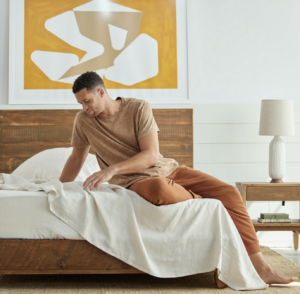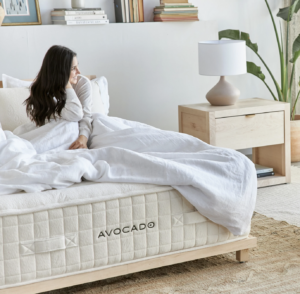There’s an interesting trend spreading like wildfire to homes and Pinterest boards around the US right now — minimalism. As the social bane of consumerism becomes impossible to ignore, more and more people are saying “no” to more stuff and simplifying their lives by paring things down.
What Is Minimalism?
There is no one way to be a minimalist, and that’s what’s drawing new interest from people all over North America. You can be a minimalist with kids, you can be a minimalist with a shoe collection, you can be a minimalist with three cars — it’s all in how your prioritize the various parts of your life, from your possessions to your workload.
While there are several different methods for those that like a clearly defined set of rules to follow, the basic rules tend to be: live with what makes you happy, get rid of anything that doesn’t bring you peace and happiness, don’t own things you don’t use.
This can apply to both tangible and intangible things, like relationships and time commitments. The idea is to break the cycle of being on autopilot, and live more intentionally, giving things your energy and money only if they are truly necessary to your health and happiness.

The Perks of Minimalism
Minimalism is about more than just trimming down how much stuff you have, but about clearing mental clutter to live a happier life that’s more at peace with what you already have.
Sure, it’s great that minimalism helps you beat the constant pull of consumerism, which is both taxing on the planet and your pocketbook, but it’s also fantastic for simplifying a chaotic life, and giving you the chance to be more in the moment.
Minimalism can provide a wide range of benefits, depending on where you’re overburdening yourself in life, including:
- Better sleep
- Improved focus
- Contentment and happiness
- Improved health and fitness
- Better diet
- Healthier relationships
- More financial freedom
In short, minimalism clears the clutter from your mind that isn’t allowing you to be your best self. It prevents you from buying things you don’t need, which means you can work less, and focus more on your own health and happiness.
You learn to let go of relationships that are draining you, and are able to give greater focus to those that are important to you. You become more selective with where your time goes, and as a result, your time serves you in a more profound capacity, giving you time to focus on exercise, travel, creative hobbies, and all the other things you were too busy chasing money, things, and exhausting relationships to enjoy.
Getting Started with Minimalism
It cannot be overstated that there is not just one way to be a minimalist. You can still love shopping, you can still have a bustling social life and a thriving career, but this time, you consciously choose where your time and energy goes, no more autopilot.
The easiest way to get started is to do some inner work and figure out where the greatest burden of stress is in your life. Journaling is incredibly helpful for this. Work through your problems and the things you worry about, and follow those frayed threads all the way back to their source.
Maybe it’s that doing the dishes three times a day is too much with your work schedule, maybe you can’t sleep at night because you’re thinking about a difficult relationship, or maybe you’re financially overwhelmed by car payments and giant grocery bills.
Whatever it is for you, start there, with your greatest stressor, and find a way to simplify it, whether it’s selling your car and buying a bike instead, getting rid of all but the necessary place settings for dishes, or removing a person from your life.
Find a way, create a plan for that one area, and see it through to the end. Then rinse and repeat. Whatever you decide to do, the key is to decide — minimalism is all about living with intent, rather than just getting stuck in a routine.
As you begin to work through your life and simplify it, you’ll start noticing patterns easier, and it will be more apparent to you what you need to do alleviate stress and allow yourself to be more present in your own life.
The KonMari Method
For those that really like a nice guided approach to something like minimalism, the KonMari Method has attracted a lot of attention in recent years for its simple, yet powerful approach.
So what’s the golden rule here? If you love it, keep it, if you don’t, get rid of it. Basically anything that doesn’t make you happy to own doesn’t deserve the space it consumes in your home, so you go through each room of your home (slowly, because this definitely takes time), and cleanse yourself of anything that doesn’t bring you joy.
This is a great way to get started with minimalism if you feel overwhelmed by stuff, but aren’t really sure where to start. If you’re ready to give it a shot, check out Marie Kondo’s book, The Life-Changing Magic of Tidying Up: The Japanese Art of Decluttering and Organizing.
What do you think of minimalism? Have you heard of the KonMari Method? Continue the conversation with #AvocadoGreenMagazine or @AvocadoMattress on Facebook, Twitter, and Instagram.

Shop Pillows
The Essential Organic Pillow Collection
Gentle, breathable, non-toxic support.






